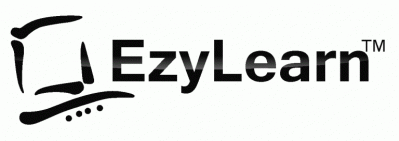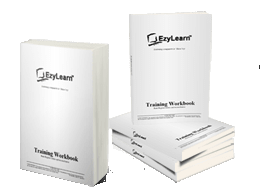Breaking News & Updates
Xero’s financial report reveals BIG loss but share price pop. - eepurl.com/isNmKQ
 Covering the aspects accounting programs have in common
Covering the aspects accounting programs have in common
THERE ARE A whole lot of things that all accounting software programs — whether MYOB, Xero, Quickbooks or some other accounting package — have in common.
These being to help businesses:
- manage their transactions
- keep track of money owed to them, or by them to others
- pay their employees and contractors
- provide financial reports at the end of each month, quarter and financial year.
Introducing Bookkeeping Basics — yours for FREE!

Confused about Chart of Accounts, General Ledger and Trial Balance?
For non-bookkeeping types these terms can send shivers down the spine, or make your eyes glaze over — but they are the foundation of all account keeping records and every business relies on these processes.
To this end, Jacci, our BAS agent, has created a free education guide covering these aspects of accounting in plain English and a simple format. It’s titled, Bookkeeping Basics.
We believe that if people enrol in courses armed with some basic information, it fits with our goals of helping our students become better bookkeepers while getting the most out of the learning experience.
What’s Cash vs Accrual, Debit-Credit, Income and Expenses?
Find terms like these a little confusing, or don’t really know what they mean? Cash and Accrual relates to the paying of your taxes; this can be on the date you invoiced for the services or the date you received the money in your bank account. Debit-Credit and Income and Expenses relates to whether an account increases or decreases, but will vary depending on whether it is a credit account or an asset account.
Getting a little lost already? Don’t worry, we cover all of this in our free Bookkeeping Basics Guide.
Then came the GST
The introduction of the GST made all of this a little more complicated, as the tax codes associated with primary produce (FRE) and financial transactions are not taxed like contributions to Super (N-T). Again, it’s covered in Bookkeeping Basics; absolutely free.
Just text the word ezybooks to 0488883655 and you’ll receive our Bookkeeping Basics Guide.
Use this guide to give you solid background knowledge before you enrol in an accounting software course — or use it to help you understand what your accountant is actually talking about!
Get the FREE Bookkeeping Beginner Basics Training Guide as well as free training on Microsoft Office Word and Excel.
_____
NOW AVAILABLE for EzyLearn Students ONLY: Bookkeeping Basics Version 2

We have recently beefed up this guide massively to include a broad cross section of common tasks using the major accounting software programs and it includes:
- Information about business structures
- GST registration, PAYG and IAS introduction
- Business taxation payment and lodgement dates for the year
- More detailed description of tax codes
- Cash vs Accrual accounting transactions
- Introduction to credit control and credit reporting
- Cash Conversion Cycle
- Cash vs Accrual Accounting Methods
- Information about how to navigate the most popular accounting programs (MYOB AccountRight, Xero and Quickbooks Online QBO) to perform these steps:
- Navigating to the chart of accounts (or accounts list)
- Sales and purchase payments and receipts
- Accounts Receivable & Payment Receipt
- Profit and Lost, Balance Sheet & General Ledger Reports
- Introduction to Payroll
See what’s in the Basic Bookkeeping Course (Level 2) Training Manual








